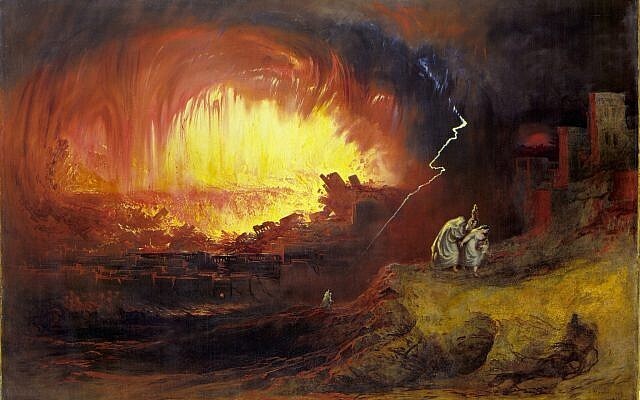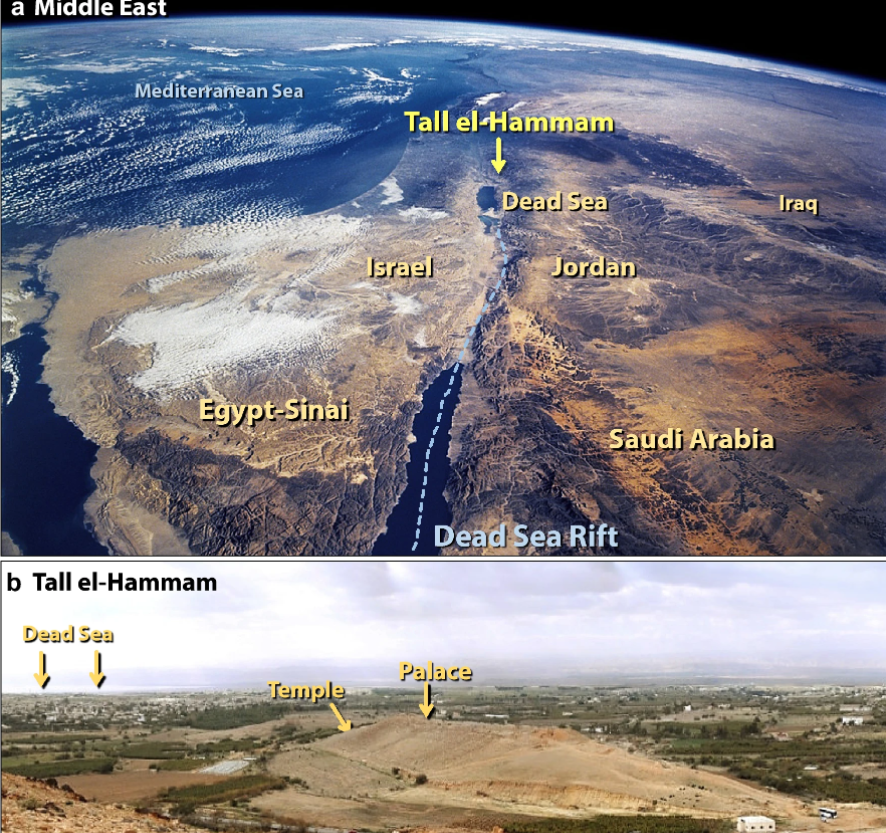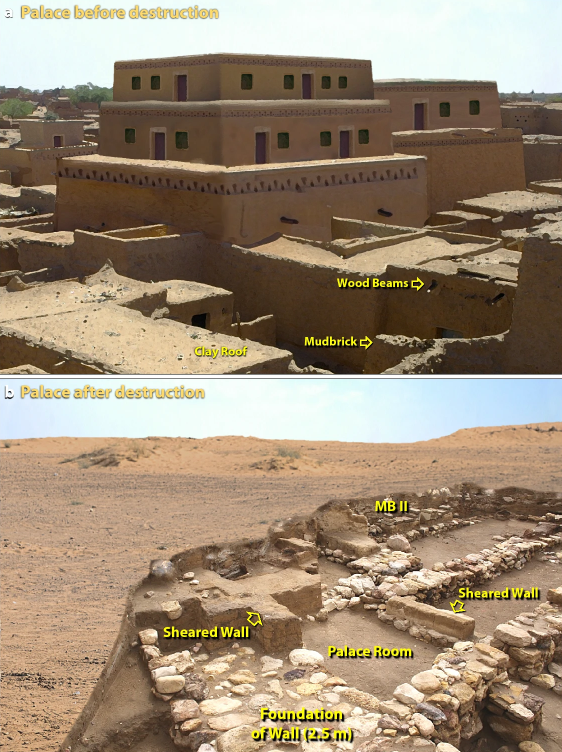A new study presents evidence that a Bronze Age city near the Dead Sea destroyed some 3,600 years ago could have been the inspiration for the biblical story of Sodom and Gomorrah.
The 21 co-authors of the paper, published Monday in the journal Nature, researched the remains of Tall el-Hammam in an attempt to discover what destroyed the ancient city during the Middle Bronze Age.
During the period, there were roughly 50,000 people living in the area of the Jordan Valley in three cities: Tall el-Hammam, Jericho and Tall Nimrin, with Tall el-Hammam the biggest of the three. This means that until its destruction, it would have been the political center of the area.
Radiocarbon dating dates the destruction to within 50 years of 1650 BCE.
Examination of the remains revealed evidence of a destructive event that involved high temperatures, such as pottery pieces that were melted and boiled on the exterior, but normal on the inside.
The buildings of Tall el-Hammam were made of mud bricks. Some were five stories tall. In the upper part of the city, the destructive force demolished the buildings to the height of their foundations in the walls, and little mud-brick remained. Of the palace that was in this part of the city, the first floor walls and the upper stories are missing, and most of the mud-brick was pulverized.
In the lower part of the city, the buildings suffered more severe damage, and researchers found evidence of heat-fracturing in the remains.
The towers in the wall that surrounded the city were also destroyed with mud-brick remains only existing at the height of the towers’ foundation.
The researchers propose that the explosion was larger than the 1908 explosion over Tunguska, Russia, when an airburst of a stony meteoroid about 50 to 60 meters (160 to 200 feet) in size caused a massive 12 megaton blast.
The archaeologists and other researchers involved in the study conclude that the airburst hypothesis would make Tall el-Hammam the second oldest known city or town to have been possibly destroyed by an airburst after Abu Hureyra in Syria, which might have been hit by a comet 12,800 years ago.
The authors warn that cosmic events are expected to recur every few thousand years, saying that "although the risk is low, the potential damage is exceedingly high, putting Earth’s cities at risk and encouraging mitigation strategies."




